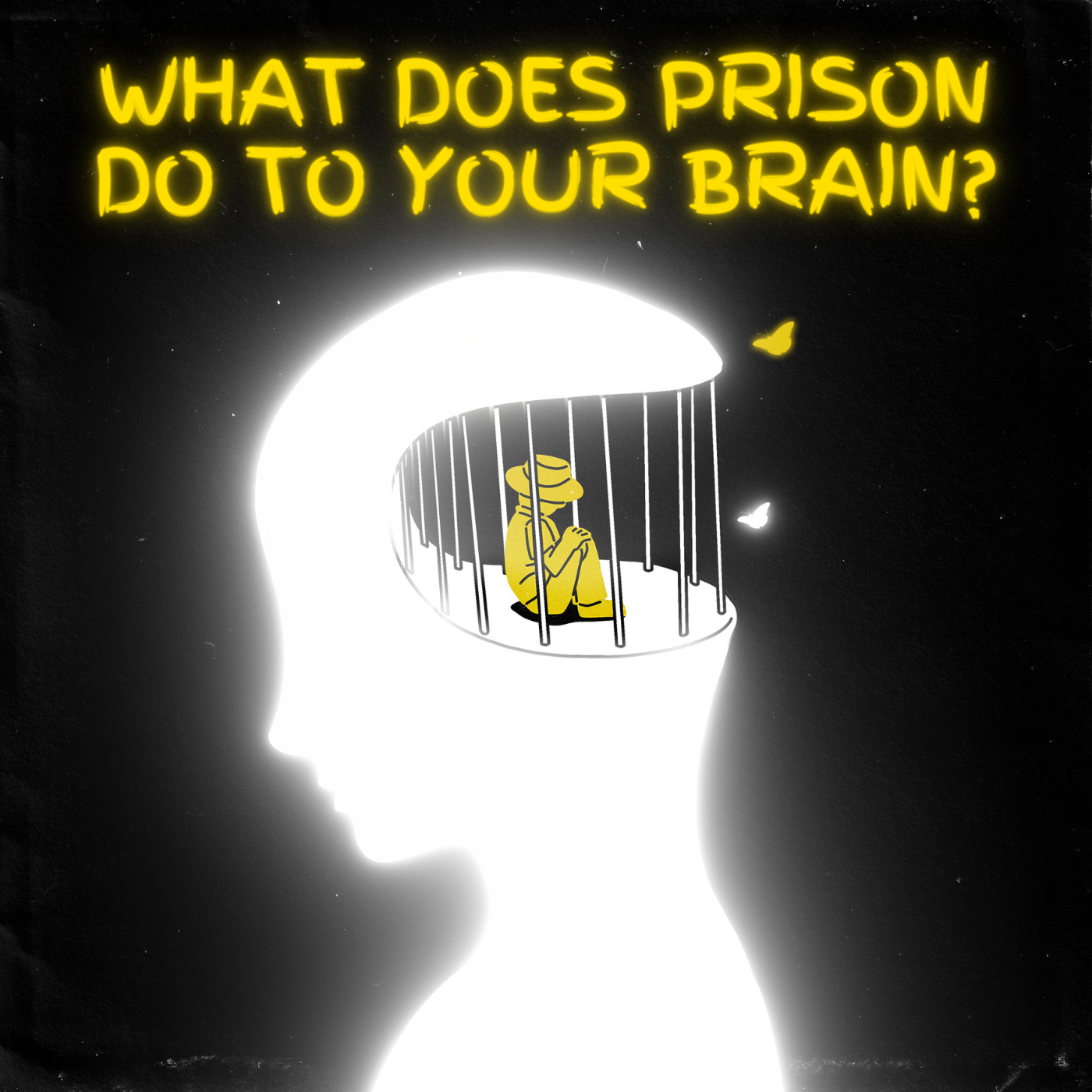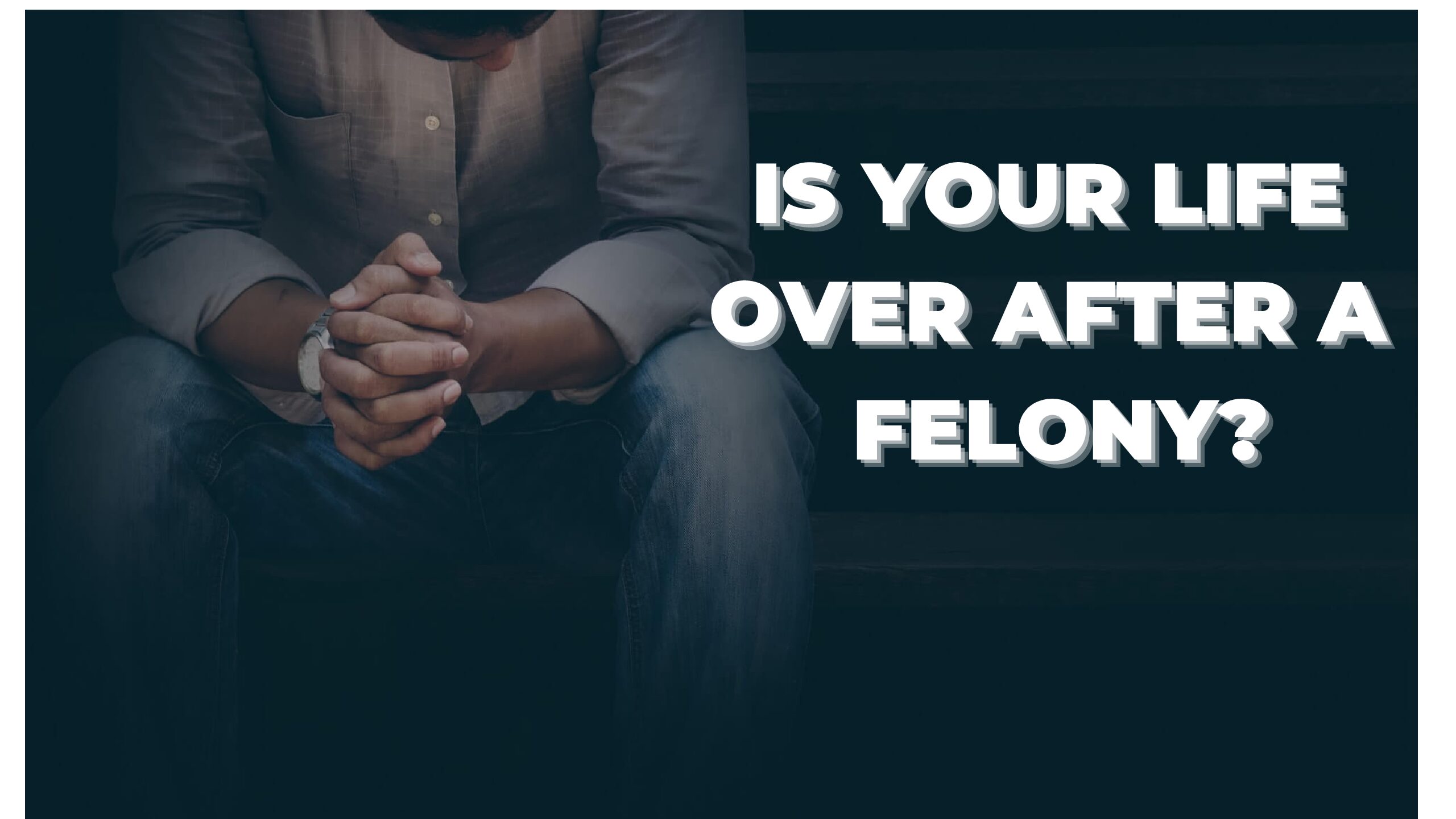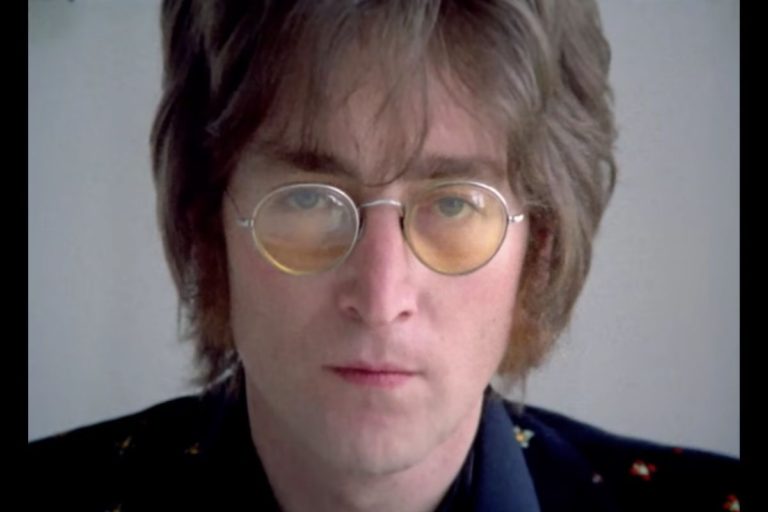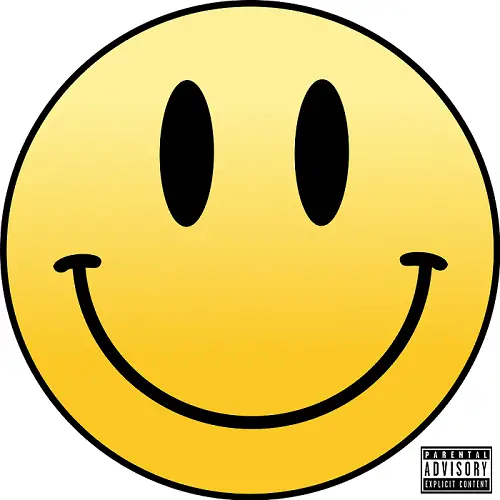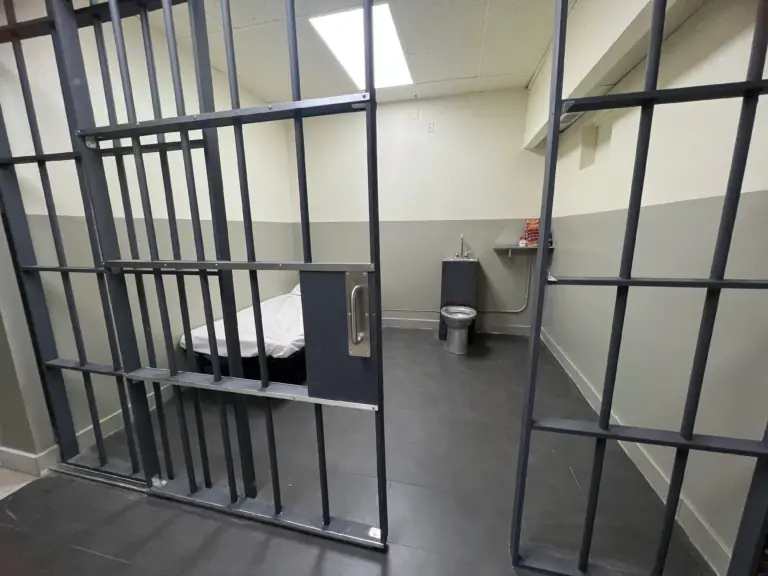WHAT DOES PRISON DO TO A BRAIN
Our mind is connected to everything – it includes our emotional, psychological, and social well-being. It affects how we think, feel, and act. It also helps in determining how we handle stress and relate to others. Overall, mental health is vital at every stage in life, from childhood and adolescence, all the way on through to adulthood.
People in prison are some of the most vulnerable in society and often come from disadvantaged backgrounds. Those that have been in contact with the criminal justice system also experience higher rates of homelessness, unemployment, chronic physical disease, and mental health disorders such as depression, anxiety, and alcohol and drug use dependence.
With over 500,000 people being released from jails and prisons each year, the mental health issues of this group become mental health challenges for society as a group. Therein, here are 40 things to know on what prison can do to a brain:
40 Things to Know on What Prison Can Do to a Brain
1) According to the American Psychological Association, 64% of incarcerated individuals in jail, 54% of incarcerated individuals in state prison, and 45% of incarcerated individuals in federal prison report mental health concerns.
2) Over 550,000 people with serious mental illness are in jail on any given day.
3) In a 2003 study conducted of incarcerated people in England, participants reported that lack of activity and mental stimulation leads to extreme stress, anger, and frustration. Some reported using unhealthy coping mechanisms to manage boredom, including substance abuse.
4) Suicide risk is 62% higher among incarcerated individuals compared with those of the general population.
5) About 23% of state prisoners and 30% of jail inmates reported symptoms of major depression.
6) A University of Georgia study found that people in prisons with limited access to work assignments experienced higher levels of depression. Once again, this fits with psychological research that shows meaninglessness, and a lack of purpose can lead to symptoms of anxiety, depression, and hopelessness.
7) In New York’s Riker’s Island, the average stay for all inmates is 42 days; for mentally ill inmates, it is 215 days.
8) Concrete walls, little natural sunlight, and a lack of overall stimulation can take a serious toll on mental health. People in prison have very few ways to relieve stress. Not helping matters is the sterile environment, which is likely to fuel boredom, which can be quite stressful in itself.

9) More than two-fifths of State prisoners (43%) and more than half of jail inmates (54%) reported symptoms that met the criteria for mania.
10) Whether individuals are placed in solitary confinement due to disciplinary issues or they’re segregated because of a safety issue, being locked up alone for 23 hours a day can take a serious toll on a person’s well-being. For years the American Civil Liberties Union (ACLU) and other organizations have sought to have solitary confinement banned as a human rights violation, but the practice is still fairly common in the U.S
11) Approximately one-third of individuals with severe mental illness have their first contact with mental health treatment through a law enforcement encounter.
12) According to psychotherapy, your stress hormones will rise about 20 to 30 percent above your brain’s baseline when entering jail for the first time. It is due to this, that many find themselves not being hungry as your brain and body is going through this acute stress response when getting acclimated in this environment.
13) The criminal justice system has become a de facto response system for those experiencing mental health emergencies with jails and prisons now becoming the single largest provider of mental health services in the country.
14) In 2015, police shot 124 people experiencing a mental health crisis. In 36% of those cases, the officers were called to help the person get medical treatment, yet police shot them instead.
15) The real-world minimum wage equivalent of medical co-pays for incarcerated people who earn wages of $.02/per hour is: $1,087 for a routine visit, $2,175 for an emergency visit, and $725 for a prescription.
16) Having a mental illness was associated with an increased odds of up to 170% in favor of prisoners experiencing solitary confinement.
17) Suicide is the leading cause of death in correctional facilities, and multiple studies indicate as many as half of all inmate suicides are committed by the estimated 15% to 20% of inmates with serious mental illness.

18) One 2006 study, conducted by Dr. Stuart Grassian of Harvard University Medical School, found that inmates at Bay State Prison in California’s Security Housing Unit (SHU) experienced anxiety, paranoia, suicidal–thoughts, and psychotic symptoms as a result of their prolonged solitary confinement. He would later coin the term “SHU Syndrome” to describe these symptoms as they apply to inmates.
19) A 2002 study in the state of Washington found that the prevalence of mental illness among inmates who attempted suicide was 77%, compared with 15% to that in the general population.
20) 47% of ex-offenders attested to experiencing at least one traumatic event in the 8 months after their release from incarceration, resulting in a mental breakdown.
21) A 2014 study published in the American Journal of Public Health found that 26% of inmates were diagnosed with a mental health condition at some point during their lives. Only about 18% of them were taking medication for their condition when they became incarcerated. Of those who were taking medication, less than 50% were prescribed medication during their admission.
22) In 44 states, a jail or prison holds more mentally ill individuals than the largest remaining state psychiatric hospital; in every county in the United States with both a county jail and a county psychiatric facility, more seriously mentally ill individuals are incarcerated than hospitalized.
23) While the overall state prison population has been decreasing incrementally, the percentage of state prisoners with mental illness has increased by 77 percent.
24) Suicide has been the leading cause of death in jails every year since 2000.
25) In a study conducted at Washington state prisons, mentally ill inmates accounted for 41% of infractions even though they constituted only 19% of the prison population.
26) 40% of people with serious mental illness will come into contact with the criminal justice system at some point in their lives.

27) Mentally ill inmates cost more than other prisoners for a variety of reasons, including increased staffing needs. In Broward County, Florida it costs $80 a day to house a regular inmate but $130 a day for an inmate with mental illness. In Texas prisons, a study reports that the average prisoner costs the state about $22,000 a year, but prisoners with mental illness range from $30,000 to $50,000 a year. Psychiatric medications are a significant part of the increased costs. The cost of settling or losing lawsuits stemming from the treatment of mentally ill inmates also can add to the costs.
28) An extensive 2014 study found that 30% to 60% of men in state prisons had post-traumatic stress disorder (PTSD), compared to 3% to 6% of the general male population.
29) In 2017, incarcerating people with a serious mental illness cost the US Government $80 billion and the states $71 billion.
30) People with mental illness are 9 times more likely to be incarcerated than hospitalized.
31) The American Psychological Association estimates that between 10% and 25% of incarcerated individuals have a “serious mental illness,” such as schizophrenia. In the general population, it’s estimated that about 5% of individuals have a serious mental illness.
32) Clinical studies have shown that hallucinations are a common symptom of spending extensive time in solitary confinement, due to the lack of stimulation and outside contact with the general population.

33) Females (28%) were almost twice as likely as males (15%) to be dispensed mental health-related medication while incarcerated.
34) Nationwide, people with mental health conditions constitute 64% of the jail population, according to the Federal Bureau of Prison Statistics.
35) Most prisoners enter prison as indigents; if they have Medicaid, Medicare, Social Security or similar resources, those are discontinued. Many federal prisons, a majority of state prisons and an unknown number of jails require prisoners to pay a co-pay of $2 to $5 for medical visits, in an attempt to reduce frivolous use of medical services. Prisoners generally pay for these services from the minimal wages they earn doing prison jobs, yet the cost of the visits can deter them from seeking preventive and routine care.
36) Almost 2 in 5 (39%) reported their mental health improved while in prison.
37) A 2004–2005 survey found there were more than three times more seriously mentally ill persons in jails and prisons than in hospitals.
38) Researchers in a 2009 study found that experiencing violence during incarceration was significantly related to aggressive and antisocial behavioral tendencies as well as emotional distress that unfortunately carries over when the inmate is released back into society.
39) People with mental illness stay four to eight times longer in jail than someone without a mental illness for the exact same charge.
40) More than 2 million people with serious mental illnesses are arrested annually.
IN CONCLUSION
More than two thirds (68%) of the people released from prison will be rearrested within the first three years, and sadly, 83 percent will be reunited with the criminal justice system within nine years of release.
Research indicates that former inmates with mental illness recidivate (re-offend) at a higher rate than that of offenders without a mental illness. Inmates with both a mental illness and substance use disorder recidivate at an even higher rate than that.
What does this all mean?
Well, if you or someone you know is struggling or battling a mental illness, is in crisis, or may be thinking of harming themselves, it is important that they seek help immediately. If you’re feeling distressed, there is hope and help is available in many different forms.
–The Educated Felon

